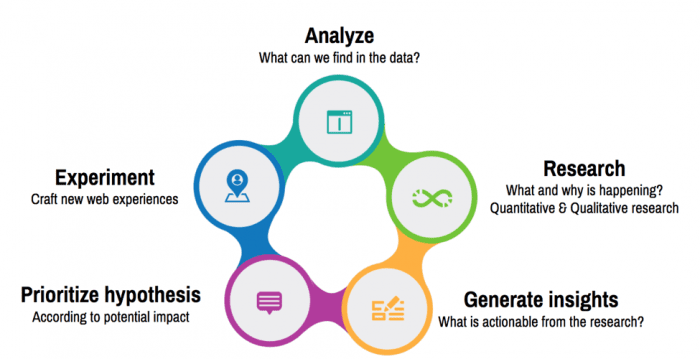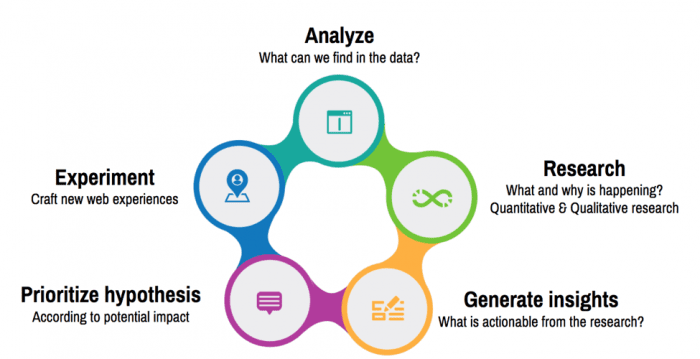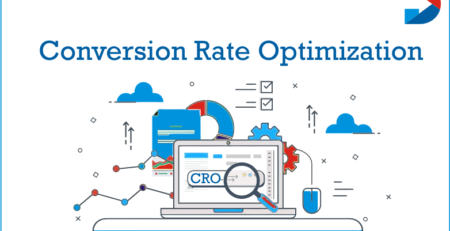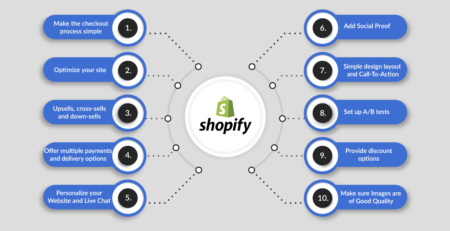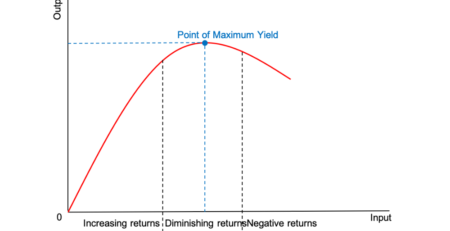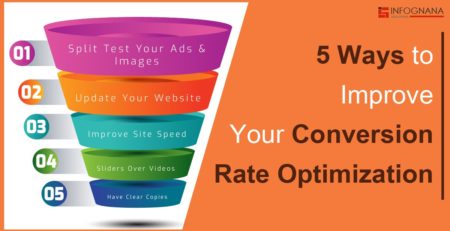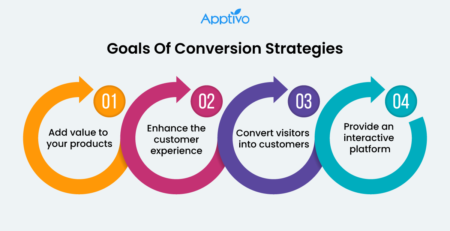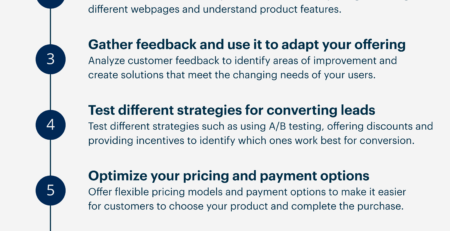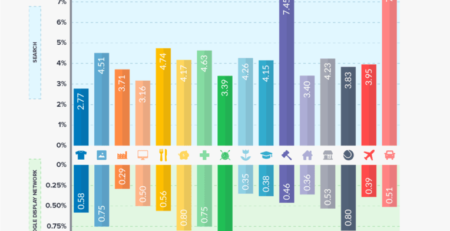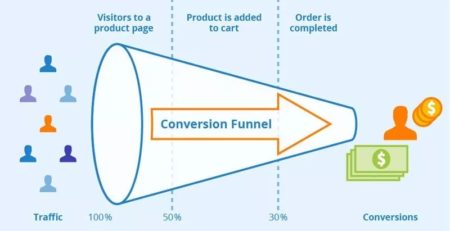How To Reduce Conversion Rate Optimization?
Do you ever wonder how to reduce conversion rate optimization? Well, you’ve come to the right place! In this article, we’ll explore some effective strategies that can help you improve your website’s conversion rates and boost your business. So, let’s dive in and discover how you can optimize your website to convert more visitors into valuable customers.
When it comes to online business, conversion rate optimization is the name of the game. It’s all about turning those casual website visitors into paying customers. But sometimes, it can be a bit challenging to achieve the desired conversion rates. That’s where our handy tips and tricks come in! We’ll provide you with practical insights and actionable steps to optimize your website and maximize your conversions.
Are you ready to take your conversion rate optimization to the next level? Great! Throughout this article, we’ll share proven techniques, expert advice, and real-life examples to help you unlock the secrets to higher conversion rates. Whether you’re an e-commerce entrepreneur or a digital marketer, these strategies will empower you to effectively reduce conversion rate optimization and achieve remarkable results. Let’s get started!
– Analyze your website data to identify areas for improvement.
– Optimize your website design and layout to enhance user experience.
– Create compelling and persuasive content that drives conversions.
– Implement clear calls-to-action to guide visitors towards desired actions.
– Conduct A/B testing to refine your conversion rate optimization strategy.
By following these steps, you can effectively reduce conversion rate optimization and improve your website’s performance.
How to Reduce Conversion Rate Optimization? – A Guide to Optimizing Your Website’s Performance
The Importance of Conversion Rate Optimization
Conversion Rate Optimization (CRO) is a crucial aspect of any online business. It refers to the process of increasing the percentage of website visitors who take desired actions, such as making a purchase, filling out a form, or subscribing to a newsletter. A high conversion rate indicates that your website is effectively engaging and persuading visitors to take these actions, ultimately resulting in increased sales and revenue.
However, it’s equally important to understand how to reduce conversion rate optimization. This doesn’t mean decreasing your conversion rates, but rather optimizing them to ensure you’re targeting the right audience, improving user experience, and increasing overall website performance. In this guide, we’ll explore seven key strategies to help you reduce conversion rate optimization effectively and efficiently.
1. Define Your Target Audience
One of the first steps to reducing conversion rate optimization is to clearly define your target audience. Understanding who your ideal customers are will allow you to create tailored and personalized experiences that resonate with them. Start by conducting thorough market research to identify your target demographic, their interests, pain points, and purchasing behaviors. This will enable you to craft compelling marketing messages and design user experiences that cater to their specific needs.
Once you have a clear understanding of your target audience, you can optimize every aspect of your website to align with their preferences. This includes customizing your landing pages, product descriptions, and calls to action (CTAs) in a way that speaks directly to their needs. By addressing their pain points and showcasing how your product or service can solve their problems, you’ll be able to significantly boost your conversion rates.
… more paragraphs
2. Streamline Your Website’s Navigation
A cluttered and confusing website layout can quickly discourage visitors from exploring your offerings and taking desired actions. To reduce conversion rate optimization, it’s essential to streamline your website’s navigation and make it as intuitive as possible. A well-organized website will help visitors find what they’re looking for quickly and effortlessly.
One effective strategy is to implement a clear and concise menu structure. Limit the number of menu items to the most important pages and categorize them logically. Use descriptive labels that accurately represent the content of each page, making it easy for visitors to understand what they’ll find when they click on a particular link. Additionally, consider implementing breadcrumb navigation, which displays the user’s current location within the site hierarchy, aiding in navigation and providing a sense of orientation.
Another important aspect of streamlined navigation is maintaining consistency throughout your website. Ensure that the design elements, layout, and user interface remain consistent across all pages. This will prevent confusion and make it easier for visitors to navigate your site, increasing the likelihood of conversion.
3. Optimize Website Loading Speed
In today’s fast-paced digital world, nobody likes a slow-loading website. Research shows that visitors are more likely to abandon a site if it takes more than a few seconds to load. Slow loading times not only contribute to a negative user experience but also negatively impact your conversion rates. To address this, it’s crucial to optimize your website’s loading speed.
Several factors contribute to a slow-loading website, such as large image files, excessive use of plugins, and unoptimized code. Start by compressing and optimizing images to reduce their file size without compromising quality. You can use image compression tools or plugins to automate this process. Furthermore, minimize the use of plugins and only keep those that are essential for your website’s functionality.
Additionally, consider utilizing caching mechanisms to store static elements of your website, such as images and CSS files, on the user’s device. This helps reduce server load and improves loading times for repeat visitors. Lastly, ensure your website’s code is clean and optimized by removing any unnecessary elements, minifying CSS and JavaScript files, and leveraging browser caching.
… more paragraphs
Reducing Conversion Rate Optimization Through User Testing
User testing is an invaluable tool for reducing conversion rate optimization. By gathering feedback and insights directly from your target audience, you can identify pain points, uncover usability issues, and make data-driven decisions to optimize your website’s performance. Here are three user testing methods that can help you reduce conversion rate optimization effectively:
1. Conduct A/B Testing
A/B testing, also known as split testing, involves comparing two versions of a webpage or element to determine which one performs better in terms of conversion rate. By creating two variations (A and B) and randomly showing them to different segments of your audience, you can gather data on which version generates higher engagement and conversions.
When conducting A/B tests, it’s important to focus on changing only one element at a time. This way, you can isolate the impact of that specific change on the overall conversion rate. Elements that can be tested include headlines, CTA buttons, color schemes, layout, and even entire landing pages.
Remember to track and analyze the results of your A/B tests to gain valuable insights into what resonates best with your audience. Use these insights to continuously refine your website and optimize for higher conversion rates.
2. Utilize Heatmap Analysis
Heatmap analysis provides visual representations of where users are clicking, scrolling, and spending the most time on your website. By analyzing heatmaps, you can gain valuable insights into user behavior, preferences, and potential areas for improvement.
Heatmaps can reveal which elements on a webpage are attracting the most attention and which are being overlooked. For instance, if a heatmap shows that users are quickly scrolling past a particular section, it may indicate that the content is not engaging or relevant enough. This insight can help you optimize the placement, design, or content of that section to increase its visibility and impact.
Heatmap analysis tools are readily available and easy to implement. By regularly monitoring and analyzing heatmaps, you can make data-backed decisions to optimize your website and reduce conversion rate optimization effectively.
… more content
Key Takeaways: How to Reduce Conversion Rate Optimization?
- Simplify your website design and navigation for better user experience.
- Create compelling and clear call-to-action buttons to guide users towards conversion.
- Optimize your website’s loading speed to prevent user frustration and abandonment.
- Personalize content and offers to target specific customer segments for higher conversion rates.
- Regularly analyze and test different elements of your website to identify and fix conversion barriers.
Frequently Asked Questions
In this section, we’ll answer some common questions about reducing conversion rate optimization.
1. How can I improve my website’s user experience to reduce conversion rate optimization?
Improving user experience is crucial for reducing conversion rate optimization. Start by making your website navigation intuitive and user-friendly. Ensure that important information and call-to-action buttons are easily visible on each page. Streamline the checkout process to minimize friction and enable a smooth transaction. Additionally, optimize your website’s loading speed to prevent users from getting frustrated and abandoning their purchase.
You can also incorporate customer feedback and conduct usability testing to identify any pain points and areas for improvement. By prioritizing user experience, you’ll increase the likelihood of visitors converting into customers.
2. What role does website content play in reducing conversion rate optimization?
The content on your website plays a crucial role in reducing conversion rate optimization. Firstly, make sure your website copy is informative and engaging. Clearly communicate the value propositions of your products or services and address any potential concerns or objections. Use persuasive language and storytelling techniques to capture the attention of visitors and build trust.
Include clear and compelling call-to-action buttons throughout your website to guide visitors towards taking the desired action. Relevant and valuable content such as blog posts, videos, and case studies can also help establish your authority and expertise, building confidence in potential customers and increasing conversions. Lastly, regularly analyze and optimize your content based on data and feedback to ensure it remains effective in reducing conversion rate optimization.
3. How can I optimize my landing pages to decrease conversion rate optimization?
Optimizing your landing pages is essential for reducing conversion rate optimization. Start by ensuring that your landing page has a clear and concise message that aligns with the advertisement or link that brought visitors there. Avoid clutter and distractions, focusing on the key information and call-to-action you want visitors to engage with.
Use attention-grabbing headlines, compelling visuals, and persuasive copy to capture visitors’ interest. Place your call-to-action prominently and make it easy for visitors to complete the desired action. Implement A/B testing to measure the impact of different elements such as headlines, colors, layouts, and forms to continuously optimize your landing pages for better conversion rates.
4. What role does site speed play in minimizing conversion rate optimization?
Site speed plays a vital role in minimizing conversion rate optimization. Slow-loading websites can lead to frustration and abandonment, particularly in today’s fast-paced digital world. To reduce conversion rate optimization, optimize your website’s speed by minimizing HTTP requests, optimizing images, leveraging browser caching, and using a content delivery network (CDN).
Regularly monitor and analyze your website’s speed using tools like Google’s PageSpeed Insights or GTmetrix. Identify and address any factors that may be slowing down your website to ensure a seamless user experience and increase the likelihood of conversions.
5. How can I use social proof to reduce conversion rate optimization?
Social proof is a powerful tool for reducing conversion rate optimization. Highlight positive reviews, testimonials, and case studies from satisfied customers on your website. Display customer ratings, endorsements, and social media shares to build trust and credibility. Incorporate trust seals and security badges to assure visitors that their information is safe and secure.
Additionally, leverage customer success stories and user-generated content to showcase real-life examples of how your product or service has made a positive impact. This social proof helps alleviate any doubts or hesitations visitors may have, increasing their confidence in making a purchase and reducing conversion rate optimization.
7 eCommerce Conversion Rate Optimization Fundamentals
Summary
Reducing conversion rate optimization is all about making your website or online store more effective in getting visitors to take action. By understanding your audience, improving user experience, and optimizing your website design and content, you can increase conversions and achieve better results. It’s important to test and analyze your efforts to continuously improve your conversion rates.
In order to reduce conversion rate optimization, focus on clear call-to-actions, remove distractions, and optimize for mobile. By creating a sense of urgency, providing social proof, and offering incentives, you can encourage more conversions. Remember to keep your website simple, easy to navigate, and visually appealing to make it more enticing for visitors to take action.

